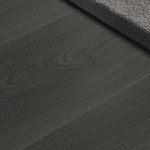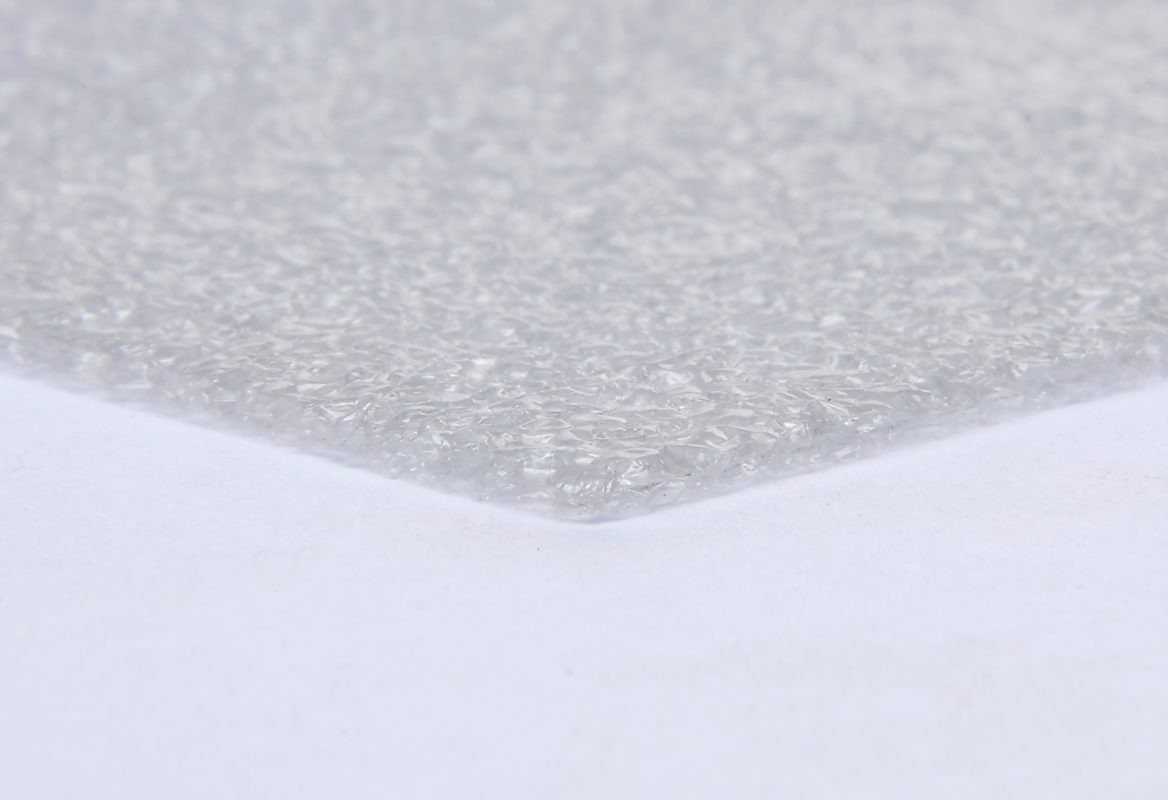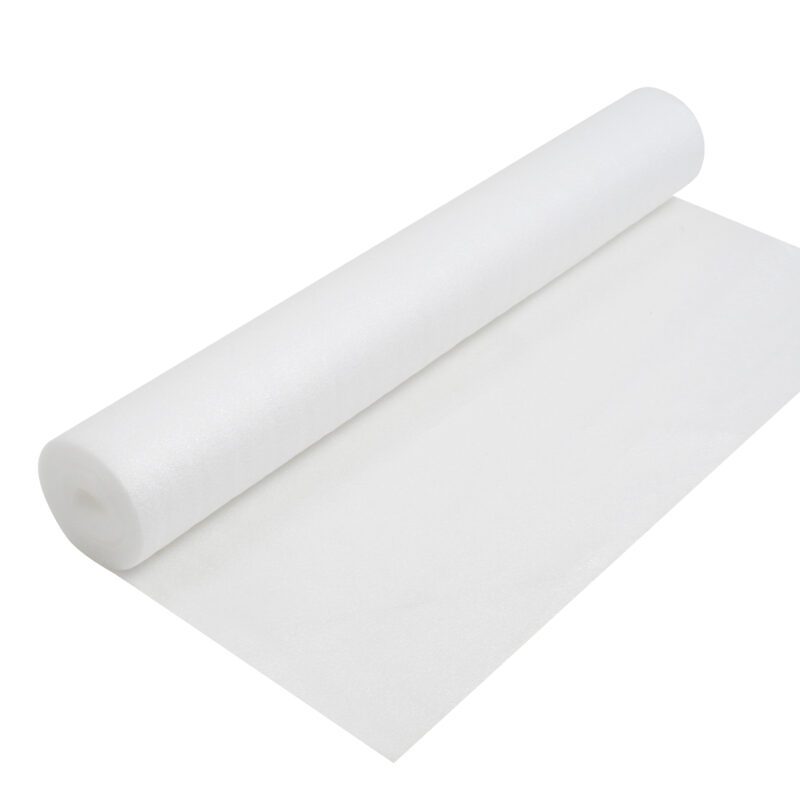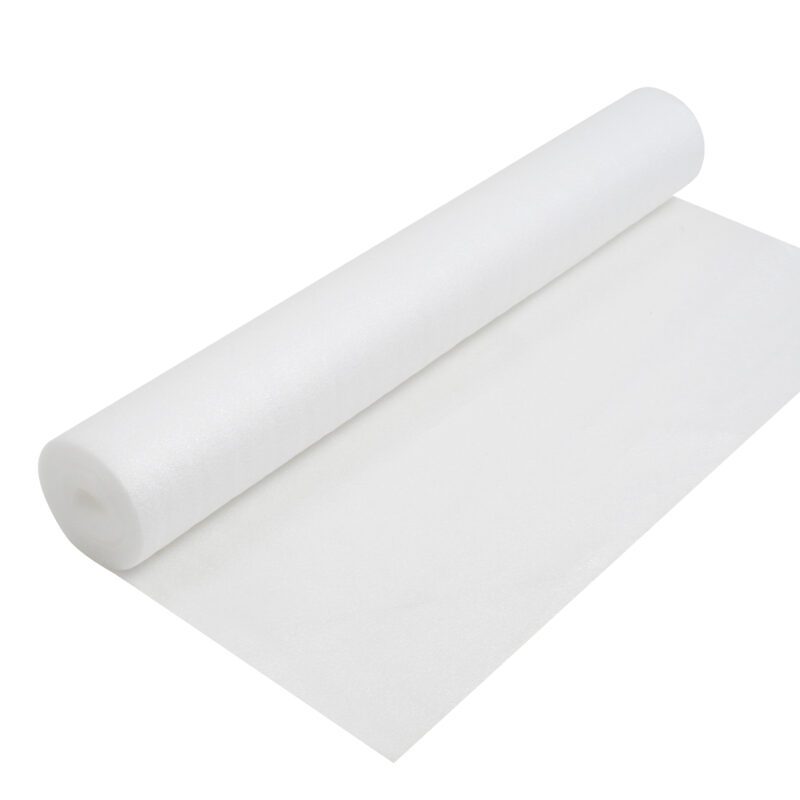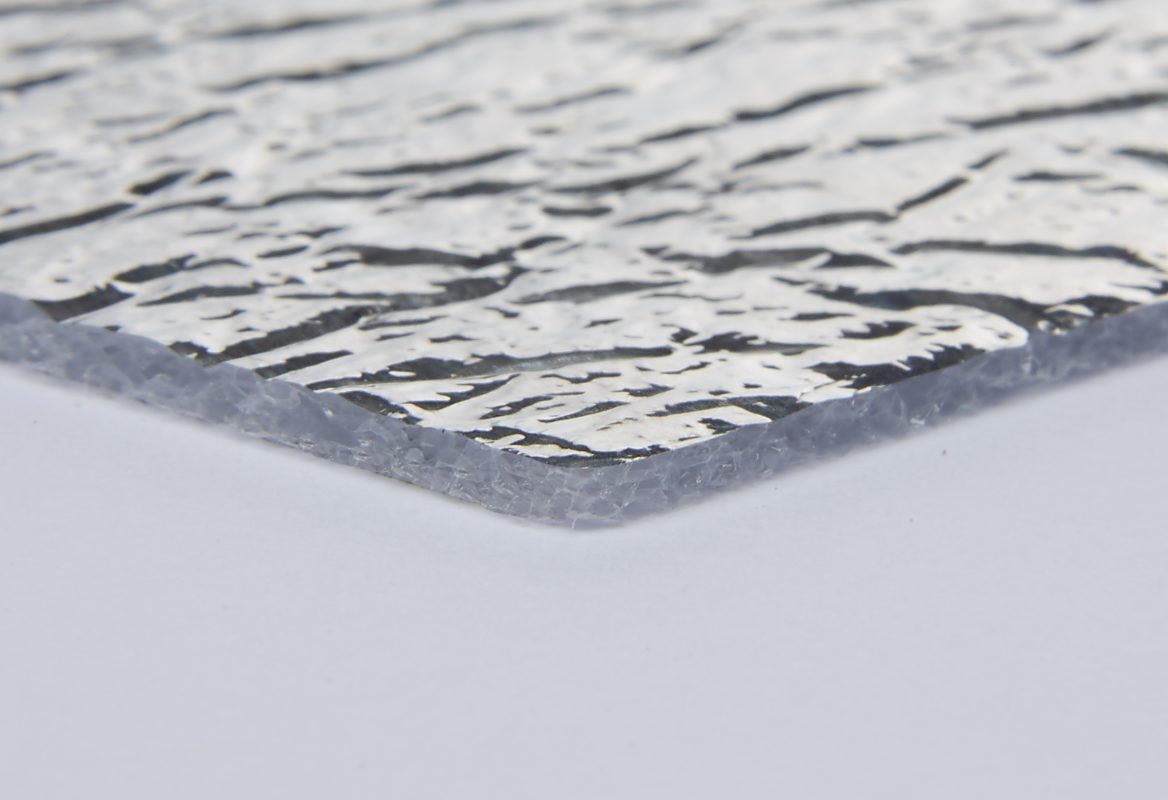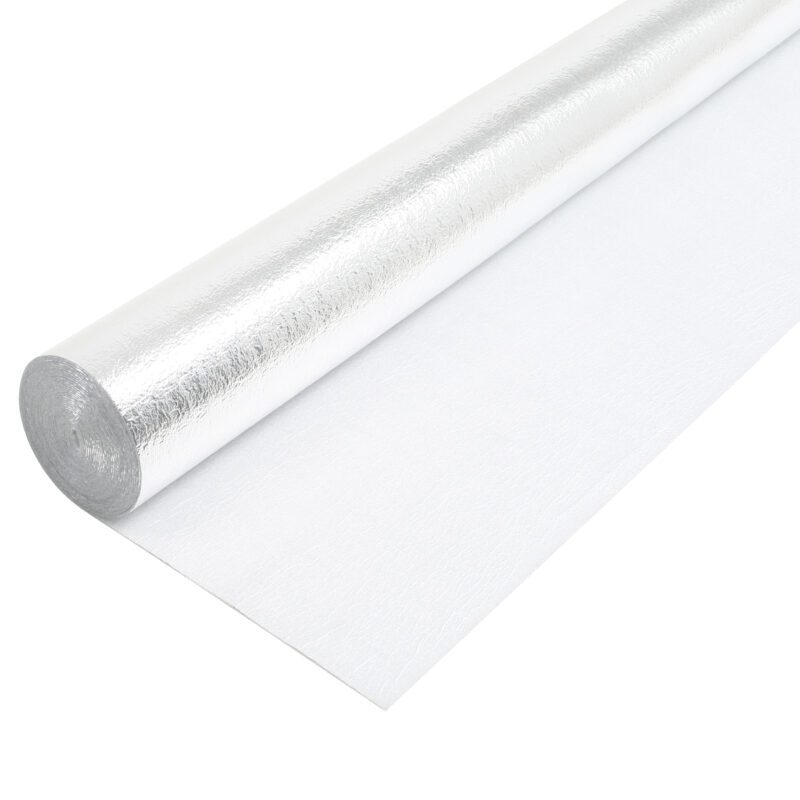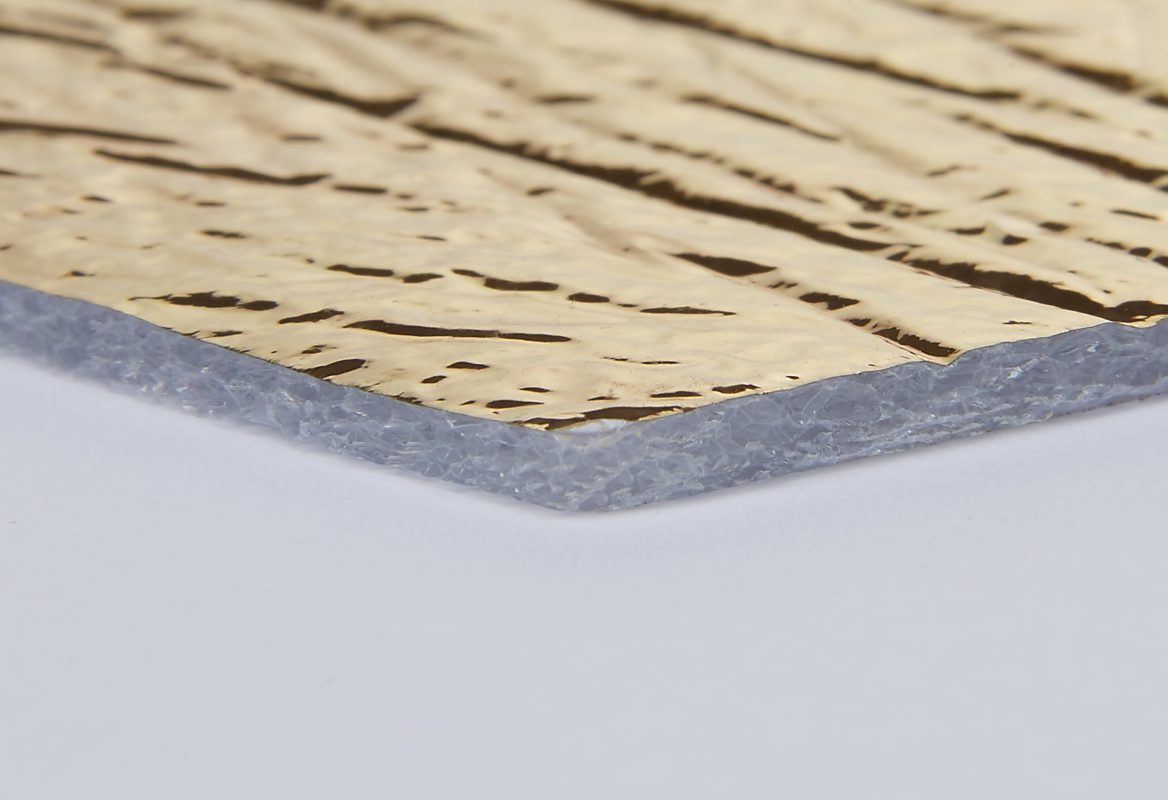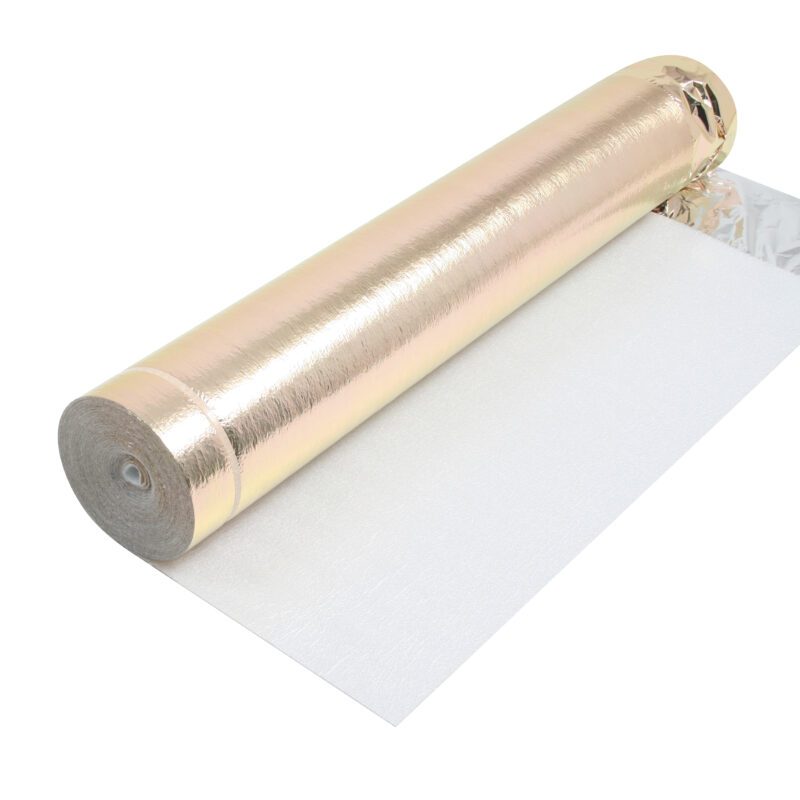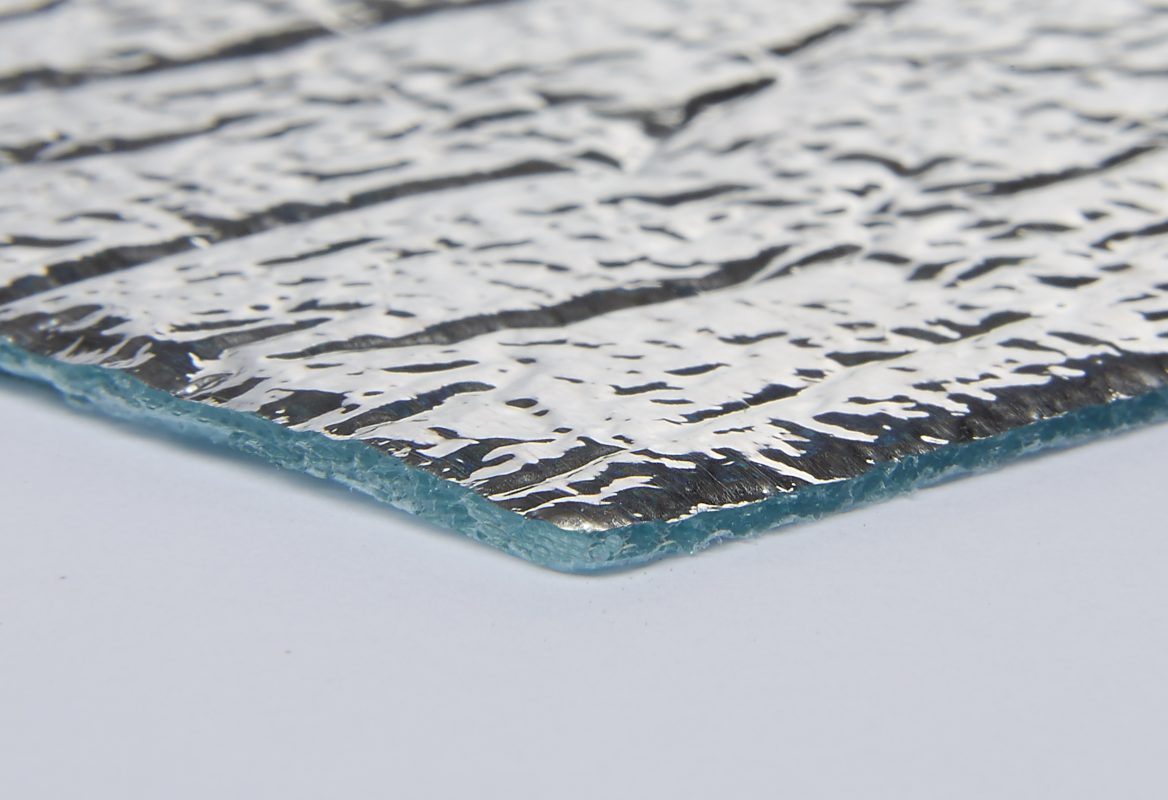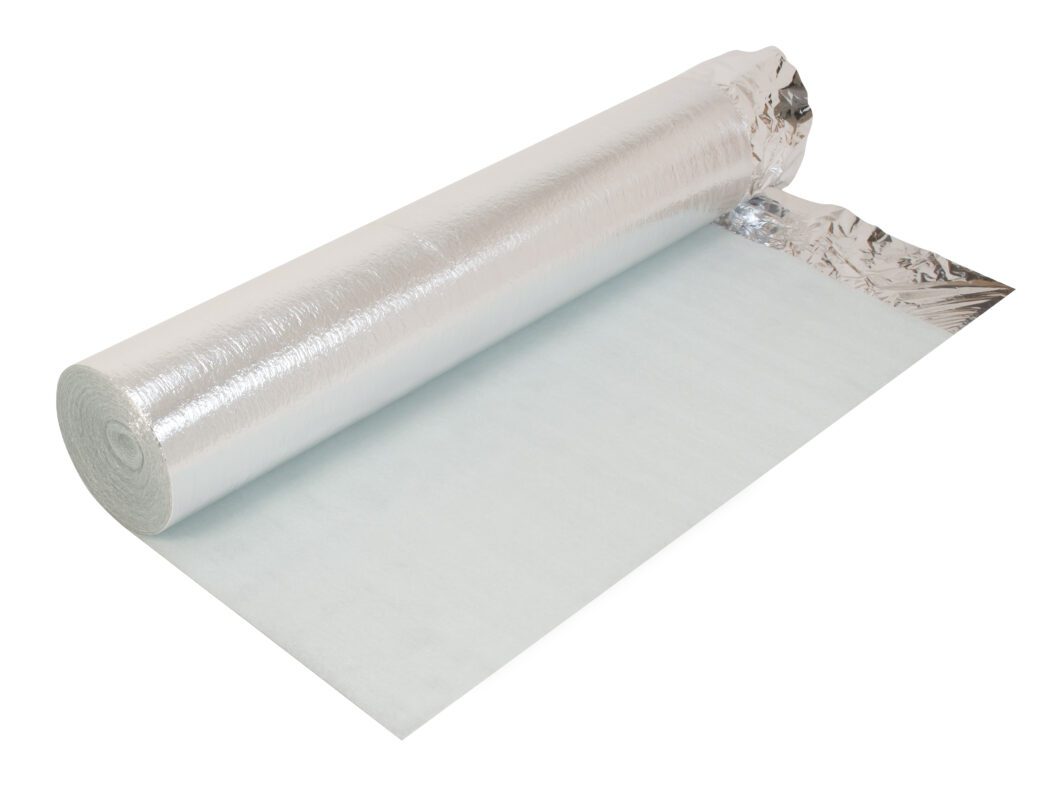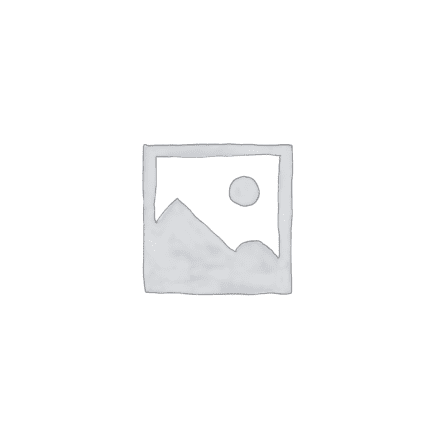Wood and Laminate Flooring Underlay
Wood/Laminate Underlay provides a layer of support between the subfloor and your flooring. These serve as buffers that offer a range of benefits to your floor, whether improving its lifespan, offering insulation, a moisture barrier (a particular weakness of wood) or even soundproofing.
Take a look below for our range of Wood and Laminate Flooring Underlay, and FAQs.
Not sure which underlay you need? No Problem – Use our Traffilay System
Take a look at the Technical Specifications for Wood Underlay Here
All flooring underlay serves the same purpose, to give your flooring extra benefits.
- Laminate Underlay – Typically made of foam or wood fibres. Designed to be compatible with click lock installation of laminate flooring. Often incorporates a moisture barrier seamlessly integrated into the material, especially important for laminate underlay to protect against moisture, a weakness of the flooring material.
- Wood Underlay – Wood underlay can be crafted from various materials, such as cork, rubber or wood fibres. They often prioritise soundproofing and underfoot comfort through cushioning via thickness. May have a higher tog rating (thermal resistance) to combat cold floors, so take note if you’re looking for compatibility with underfloor heating.
Indeed. There are several floorings that we offer that are suitable for use with underfloor heating. Both QuickTherm Underlay and QuickTherm Vapour Underlay are underlays that are specifically designed to work to a high level of efficiency with underfloor heating systems. They have a unique perforated design and extremely low tog values allowing heat to pass through, which means your underfloor heating system can work efficiently and reduce your energy usage.
Essentially, the underlay is between the flooring and the underfloor heating system, and heat effectively transfers through at an even distribution.
We will split the following section between wood/laminate flooring requirements.
Wood Flooring
- Subfloor Type – Concrete subfloors require a moisture barrier, because moisture is often trapped within the pores, and the compression that comes from footsteps forces them out. Wood subfloors require less essential protection.
- Thickness – Too much thickness beneath any flooring can lead to instability. See the next FAQ for more info.
- Room Use – In high-traffic areas, you should opt for a more dense underlay.
- Sound Reduction – Wood flooring underlay tends to be well-suited for soundproofing. This is because wood flooring tends to be noisy.
Laminate Flooring Underlay
- Subfloor Type – Again, concrete will almost always require moisture barriers.
- Thickness – It’s best to opt for support when it comes to laminate underlay. Laminate tends to require a more stable, rigid underlay.
- Room Use – High-traffic areas, as always, benefit more from density to protect laminate flooring.
Ensure that you buy the proper accessories to ensure the secure underlay joins the flooring properly. Adhere to fitting requirements outlined by manufacturers.
| Flooring Type | Recommended Thickness Range | Considerations |
| Laminate Flooring | 2mm – 7mm depending on type and use | Sound Absorption: Thicker underlays generally offer better sound insulation.
Cushioning: Thickness in underlays provides cushioning. Subfloor Condition: Thicker underlays can smooth out imperfections in the subfloor. |
| Wood Flooring (Solid) | Typically thinner | Stability: Exceeding recommended thickness can cause instability and potential damage to solid wood flooring.
Type of Wood: Some softer wood species may benefit from slightly thicker underlay for additional support. |
| Wood Flooring (Engineered) | More flexibility than solid wood | Manufacturer’s Recommendations: These are still paramount. Engineered wood may have greater thickness allowances compared to solid wood.
Room Location: Upper-level rooms might benefit from thicker underlay for sound reduction to lower levels. |
There are multiple different ways to place an order with us. Whether by phone (0151 495 3434), our online trade-only portal (trade.qaflooringsolutions.com), or email ([email protected]), we are geared to provide you with what your customers need.
What Delivery Options Are Available?
We offer a standard 2-3 day delivery service with next day delivery available if required. We also offer a range of delivery options, from timed deliveries to home address and site drops so you can be sure that you get your goods on time!
Our delivery options
- Standard delivery FREE over £400
- Below minimum order value £30
- Next day delivery £35
- Delivery to building site / home address £48
- AM / before 12pm £50
- Saturday / same day P.O.A.
- Outside mainland UK / export P.O.A.

